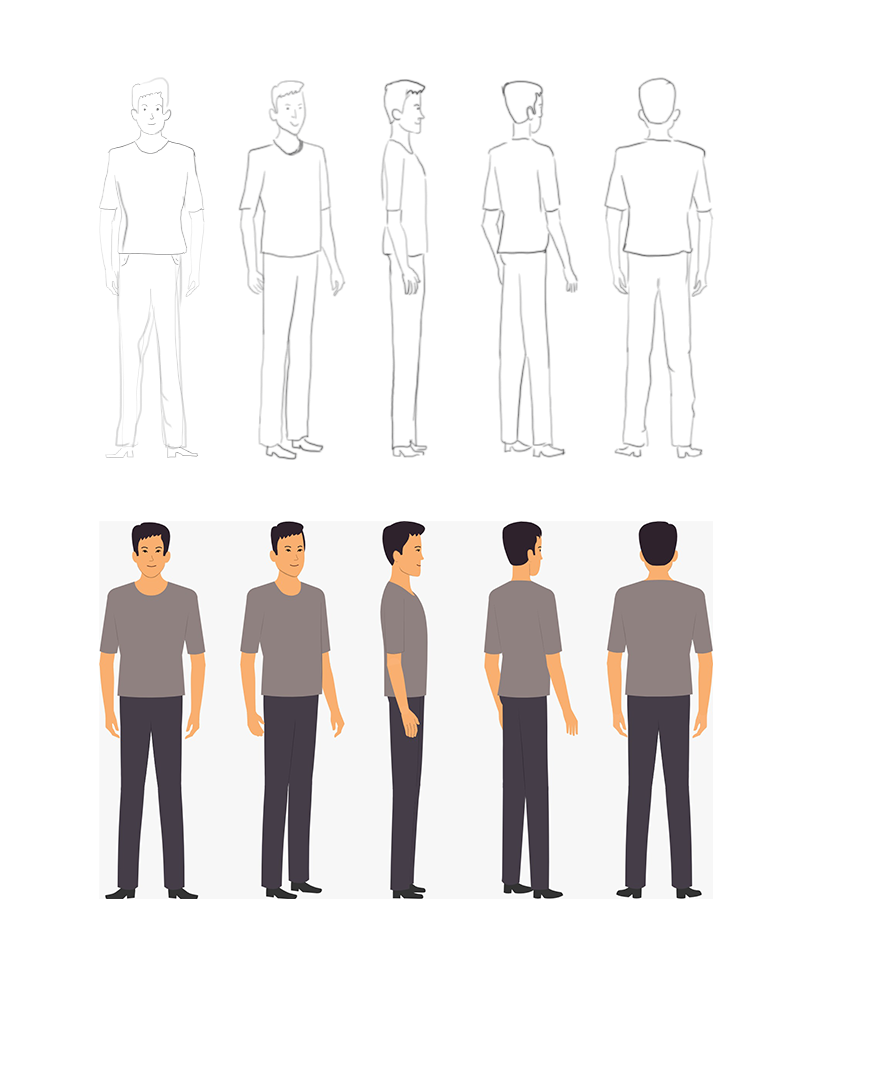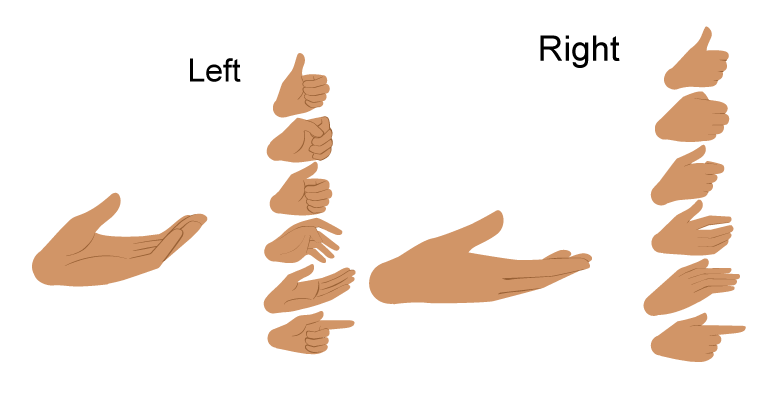The reality of workplace life is that team conflict won't go away on its own. Handling conflict successfully is no easy task, which is why you need an effective plan for conflict management. Not dealing with conflict in an organized and systematic way will likely cause the conflict to fester, lowering team morale. However, by managing team conflict well, you can quickly nip the problem in the bud. In this course, you'll learn about the common sources and signs of conflict, as well as a process for resolving conflict when it occurs.
Background
As part of Skillsoft’s Resolving Workplace Conflict course, the Responding to Conflict module was designed to equip employees with practical strategies for handling conflict in professional environments. The video forms a key part of a broader e-learning experience aimed at improving communication, empathy, and de-escalation techniques in diverse workplace settings.
Learning Objectives
1. Using Bloom’s Taxonomy, the course segment was structured to help learners:
2. Understand the types of workplace conflict and common triggers.
3. Recognise early signs of conflict escalation.
4. Apply active listening and empathy to de-escalate tension.
5. Analyze different responses and their likely outcomes.
6. Evaluate scenarios to determine the most constructive response.
7. Create personal strategies to effectively respond to future conflict.
Outcomes
After completing this module, learners should be able to:
1. Demonstrate awareness of how their own behaviour can influence conflict.
2. Choose from a range of appropriate conflict response strategies.
3. Engage in respectful, productive dialogue with colleagues.
4. Reflect on previous conflict experiences to improve future responses.
Methods
As the multimedia designer, I collaborated with instructional designers and scriptwriters to bring this module to life through engaging visuals and a clear narrative structure:
Script Development: The script was designed to follow a storytelling format, using relatable workplace scenarios to model best practices in conflict resolution.
Visual Style: I developed a clean, professional visual identity that aligns with Skillsoft’s tone—using animated characters and minimal text overlays to maximize accessibility and engagement.
Animation & Editing: Key concepts were emphasized through motion graphics, transitions, and visual metaphors to support learner retention.
Post-Course Questions: Scenario-based reflection and knowledge-check questions were developed to reinforce learning outcomes. These were aligned with higher-order Bloom’s levels (Analyse, Evaluate, Create), prompting learners to apply skills in practical, real-world contexts.
Learning Objectives of this Course video
1. Discover the subject areas that will be covered in this course
2. Recognise sources of organizational and interpersonal conflict
3. Identify actions that help prevent or mitigate workplace conflicts
4. Recognise behaviour outside acceptable boundaries of workplace conflict
5. Recognise appropriate actions to take when confronted with a conflict situation
6. Identify steps for resolving a workplace conflict
7. Identify techniques for overcoming obstacles to conflict resolution
Process Workflow
Colour palette
Theme colours
6 below monochromatic colour themes is shown below.
Colours can vary scene by scene based on the voice and tone and by already established background colours
Backgrounds


Establishing Background

Office Infinite Background




Characters

Janet

Lisa











